The key to macroeconomic stability
Over the past decade, Vietnam has been considered a rare bright spot in the region, maintaining low and stable inflation, averaging only about 2.8% per year, significantly lower than many emerging economies. This achievement is the result of flexible management policies, effective coordination between fiscal - monetary - price, helping to maintain macroeconomic stability and create room for strong GDP growth.
Consumer price index (CPI) data for the first 9 months of 2025 also continued that trend.
Ms. Nguyen Thu Oanh, Head of the Service and Price Statistics Department, General Statistics Office ( Ministry of Finance ) said that the average CPI in the first 9 months increased by 3.27% over the same period in 2024, still within the target set by the National Assembly for this year.
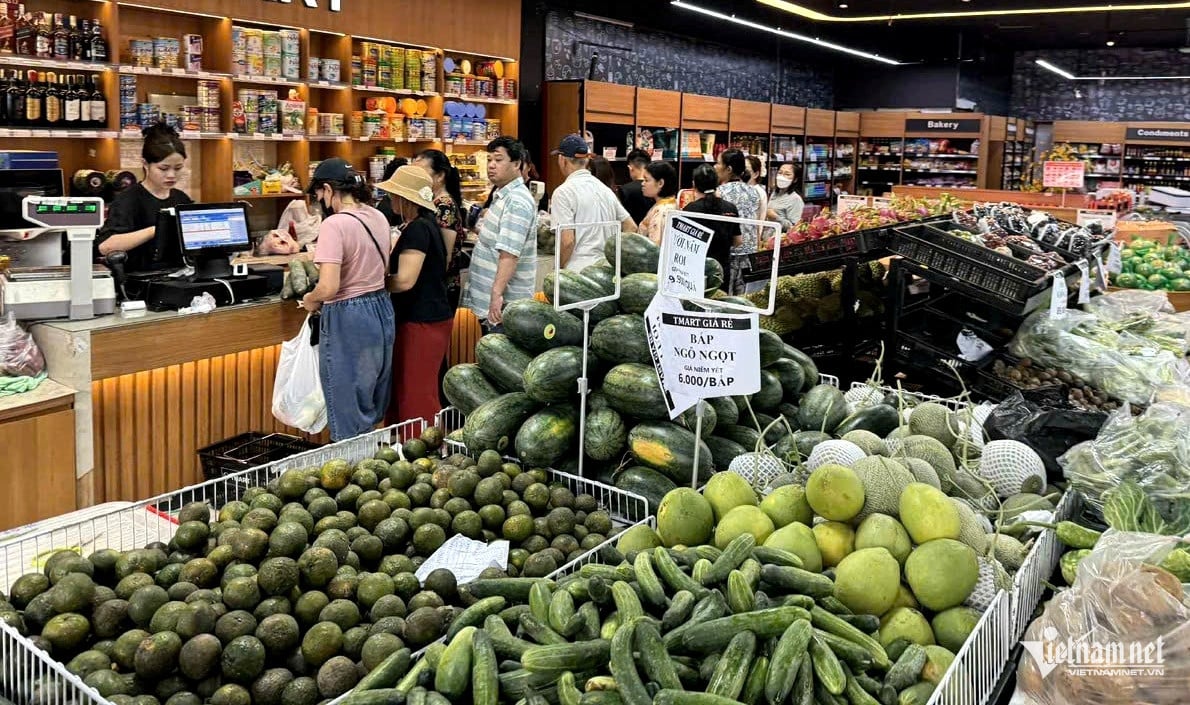
According to Ms. Oanh, inflation is controlled mainly thanks to the abundant supply of domestic goods, especially food and foodstuffs, which account for a large proportion of the CPI basket. Vietnam not only meets domestic demand but also exports stably, thereby maintaining the balance of supply and demand and limiting price fluctuations.
Ms. Oanh added that to proactively respond to inflationary pressure, the Government has synchronously managed fiscal and monetary policies, maintained reasonable liquidity, flexibly managed interest rates, reduced input taxes and fees, and effectively implemented price stabilization measures.
In fact, there is always pressure to increase commodity prices. However, over the years, the Government has implemented a series of fundamental solutions to prevent prices from "following the rain".
As the price of gasoline on the world market skyrocketed, the Government continuously proposed to the National Assembly to reduce environmental protection tax on gasoline, the first time being on July 11, 2022. This policy is still being maintained to this day, contributing significantly to cooling down commodity prices as gasoline is considered the "blood vessel" of the economy, having a profound impact on all goods.
Along with that, the Government has operated a flexible and prudent fiscal policy. The Government has repeatedly submitted to the National Assembly a proposal to reduce value-added tax (VAT) from 10% to 8%, and to defer taxes worth hundreds of thousands of billions of VND for businesses and people in difficult circumstances, thereby supporting production without causing a shock to the money supply.
Notably, despite implementing many measures to exempt and reduce taxes and fees, the budget balance over the past years has still been well maintained and sustainable.
The 5-year state budget mobilization rate reached about 18.3% of GDP, while implementing tax and fee reduction and extension... about 1.1 million billion VND to accompany and support people and businesses during the global pandemic and economic recovery.
The investment expenditure ratio increased from 28% to 32% of total state budget expenditure and increased revenue, saving about 1.5 million billion VND to increase investment in developing infrastructure systems, highways, national defense, security, building schools, hospitals, eliminating temporary houses, dilapidated houses... Thoroughly saving expenses for administrative activities, along with rearranging the organizational apparatus, has spent about 17% of total annual state budget expenditure on social security.
Minister of Finance Nguyen Van Thang said that the work of financial management - State budget continued to achieve many outstanding and comprehensive results, completing all 12/12 main financial - State budget targets for the 2021-2025 period.
The average state budget deficit in the 5 years 2021-2025 is about 3.1-3.2% of GDP; public debt in 2025 is estimated at about 35-36% of GDP, well controlled, contributing to strengthening the national credit rating.
According to the leaders of the Ministry of Finance, capital markets continue to develop in a safe, sustainable and integrated direction, becoming a capital mobilization channel for the economy. As of September 30, 2025, the size of the bond market reached 3.76 quadrillion VND, equivalent to 32.8% of GDP, and the capitalization of the stock market reached over 9 quadrillion VND, equivalent to 78.4% of GDP.
By 2025, Vietnam will have fully met the criteria and been upgraded internationally from a frontier market to an emerging market, creating great opportunities to mobilize medium- and long-term resources from funds and international investors to serve economic development.
Increase the confidence of people and businesses
Sharing with VietNamNet reporter , Dr. Nguyen Duc Do, Deputy Director of the Institute of Finance and Economics (Academy of Finance) said that Vietnam has been successful in controlling inflation at below 4% for the past 10 years with an average rate of only about 2.8%/year.
According to Mr. Do, this result contributes significantly to maintaining macroeconomic stability, increasing people's and businesses' confidence in the domestic currency, and creating a favorable business environment.
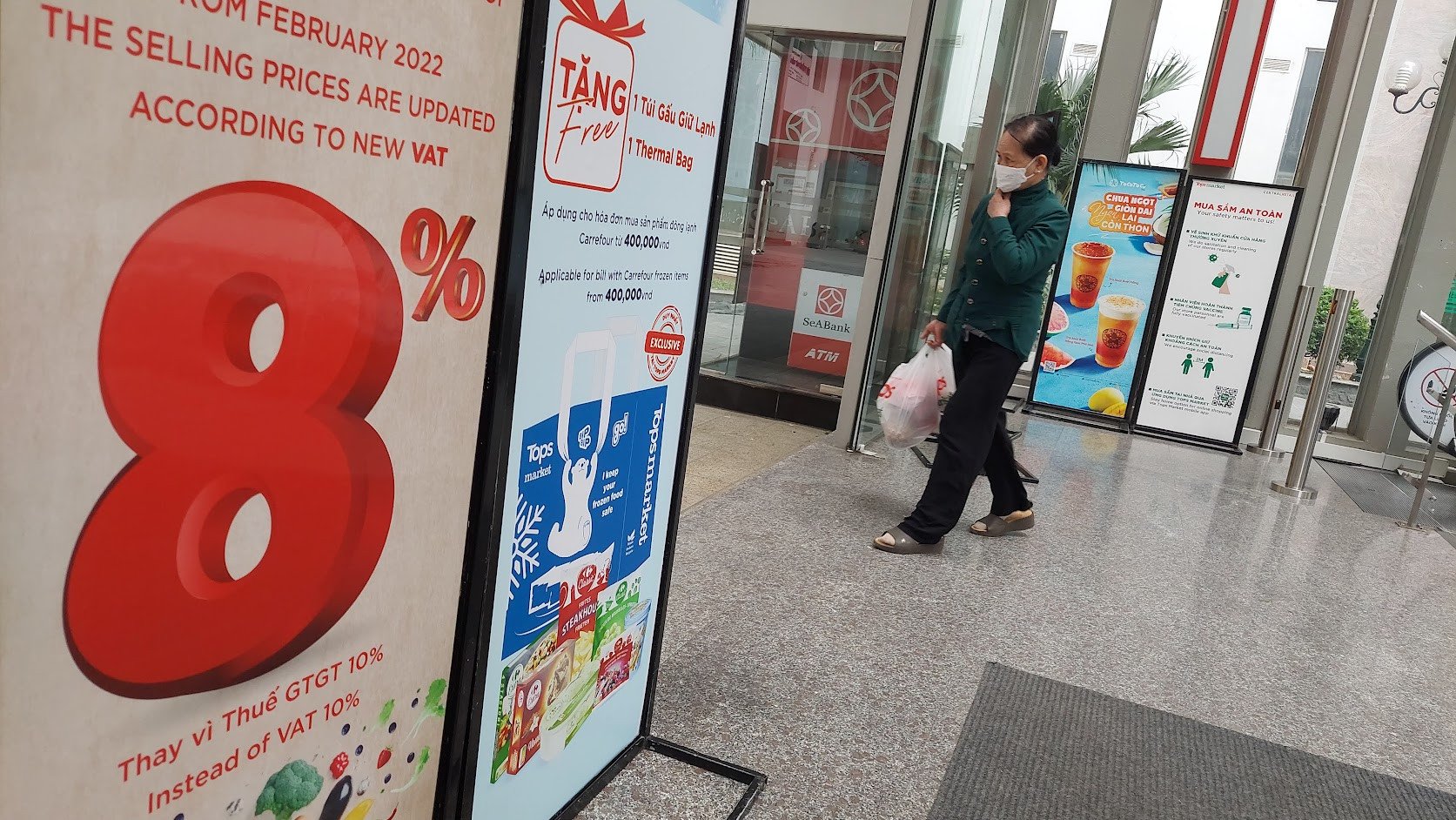
“The State Bank has controlled money supply well, credit growth has been moderate at nearly 14%/year, along with maintaining a positive real interest rate. These are the basic factors that have helped keep inflation stable at a low level in recent times,” Mr. Do analyzed.
In fact, under the direction of the Government, the State Bank (SBV) has been operating monetary policy in the direction of guiding credit institutions (CIs) to synchronously deploy solutions to stabilize deposit interest rates and reduce lending interest rates, thereby supporting businesses and people to develop production and business.
After drastically cutting operating interest rates in 2023, from 2024 until now, the SBV has continued to maintain key interest rates, creating conditions for credit institutions to access capital sources from the SBV at low costs, contributing to promoting economic growth. At the same time, the SBV regularly directs the credit institution system to cut operating costs, promote the application of information technology, digital transformation and apply many other measures to continue to lower lending interest rates.
This agency has also organized direct work and issued documents requesting the entire system of credit institutions to stabilize mobilization interest rates, reduce lending interest rates, and be willing to share part of profits to support people and businesses in accessing bank credit capital.
As a result, the interest rate level continues to decrease. As of June 30, 2025, the average lending interest rate for new loans of commercial banks reached about 6.9%/year, down 0.1 percentage points compared to the end of 2024. The average deposit interest rate was at 4.0%/year, also down about 0.1 percentage points compared to the end of 2024.
“The key factor to control inflation and stabilize the macro economy is to not let money supply and credit increase too strongly. At the same time, interest rates need to be maintained at a positive real level. If these two conditions are ensured, the macro economy will be stable in the coming years,” Dr. Nguyen Duc Do emphasized.
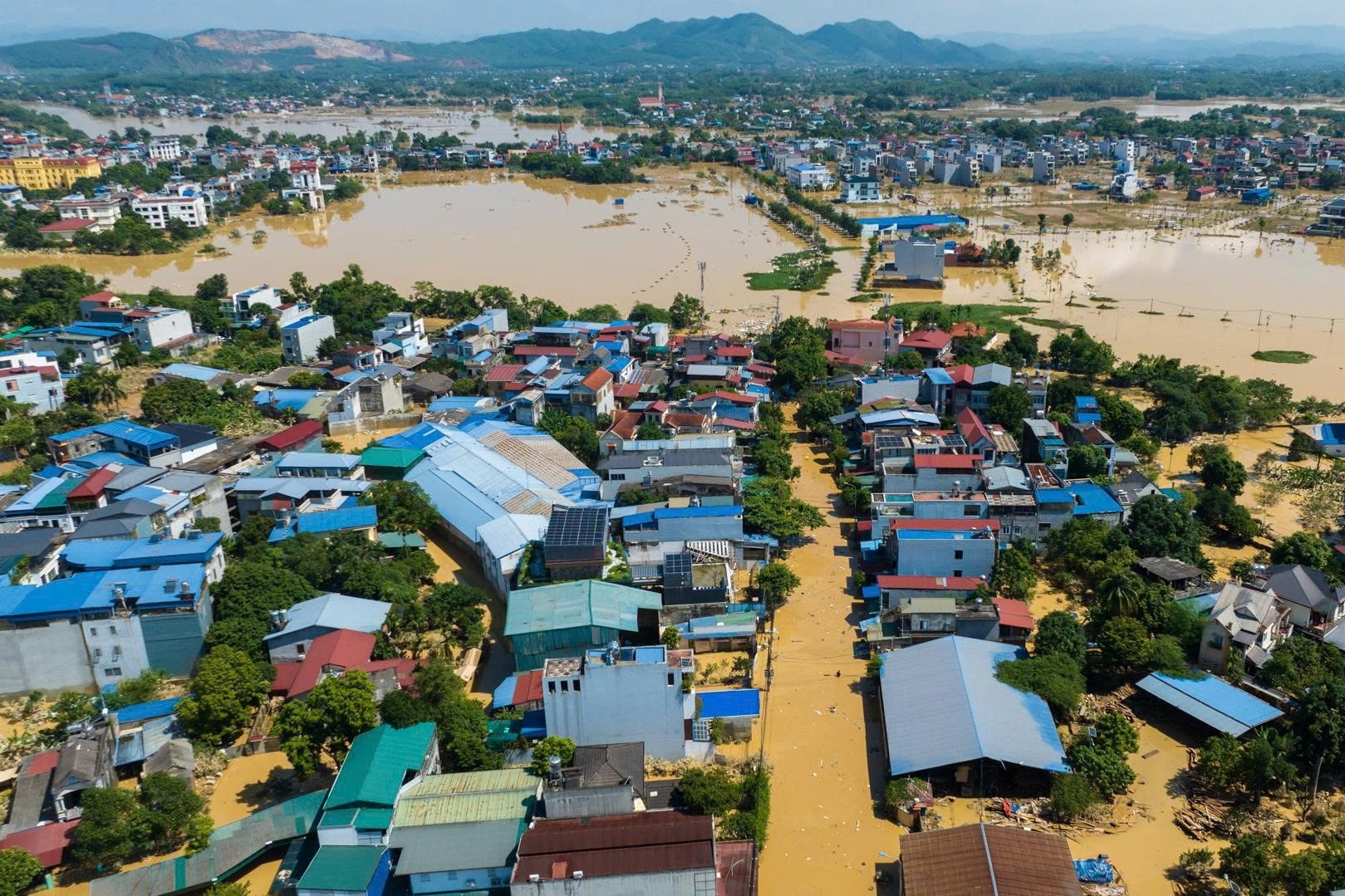
Source: https://vietnamnet.vn/mot-thap-ky-on-dinh-kinh-te-vi-mo-tao-da-tang-truong-2451770.html


![[Photo] Nhan Dan Newspaper launches “Fatherland in the Heart: The Concert Film”](https://vphoto.vietnam.vn/thumb/1200x675/vietnam/resource/IMAGE/2025/10/16/1760622132545_thiet-ke-chua-co-ten-36-png.webp)

![[Photo] General Secretary To Lam attends the 18th Hanoi Party Congress, term 2025-2030](https://vphoto.vietnam.vn/thumb/1200x675/vietnam/resource/IMAGE/2025/10/16/1760581023342_cover-0367-jpg.webp)





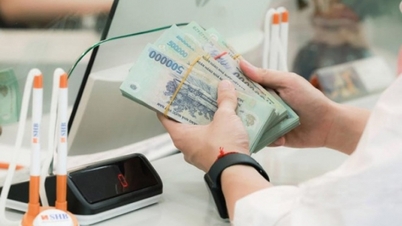

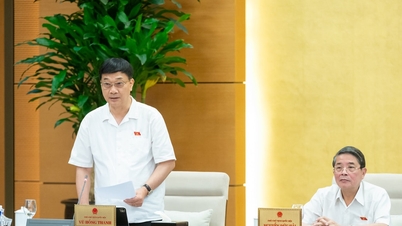




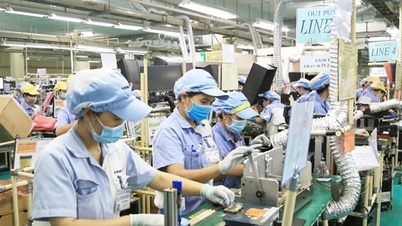



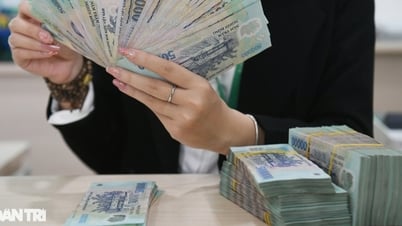



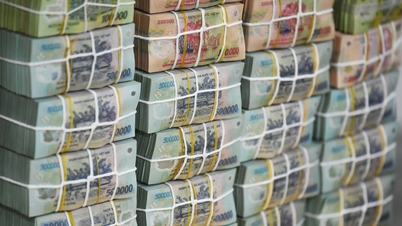



















![[Video] TripAdvisor honors many famous attractions of Ninh Binh](https://vphoto.vietnam.vn/thumb/402x226/vietnam/resource/IMAGE/2025/10/16/1760574721908_vinh-danh-ninh-binh-7368-jpg.webp)



























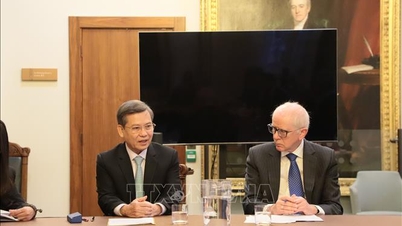
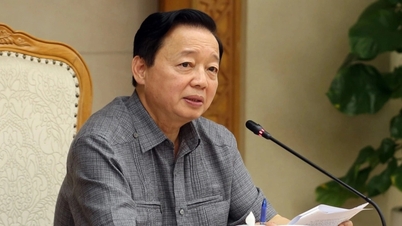










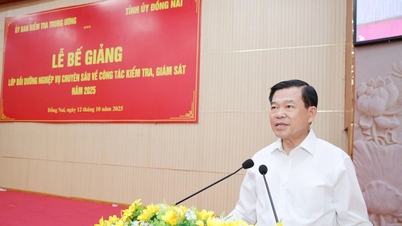

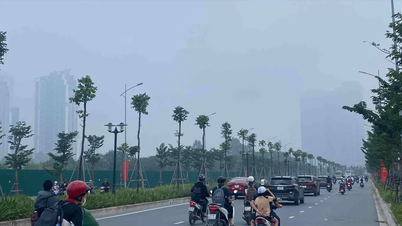























Comment (0)